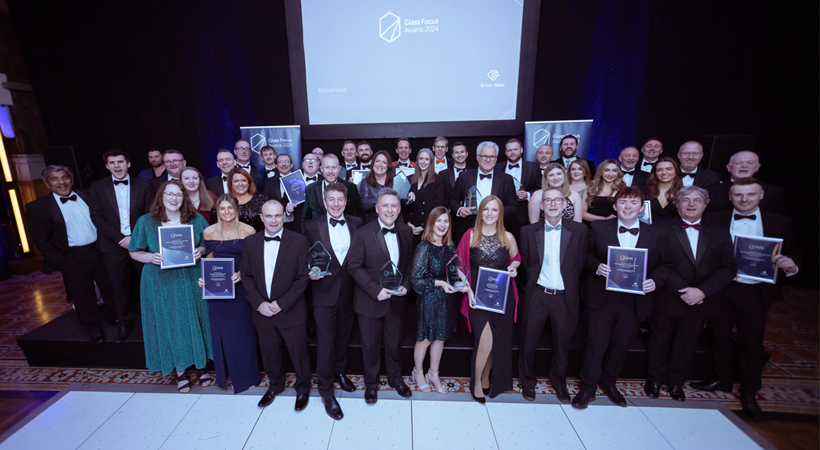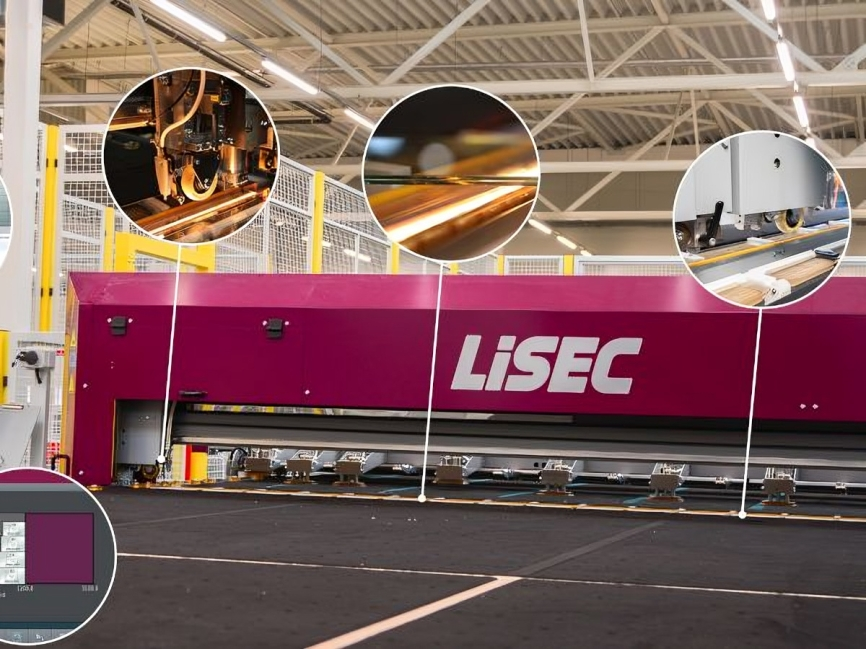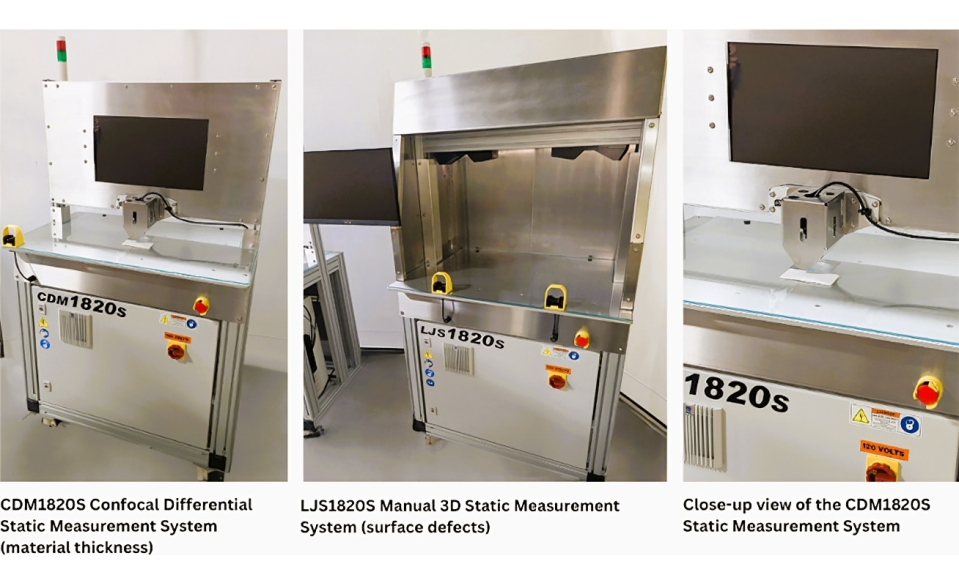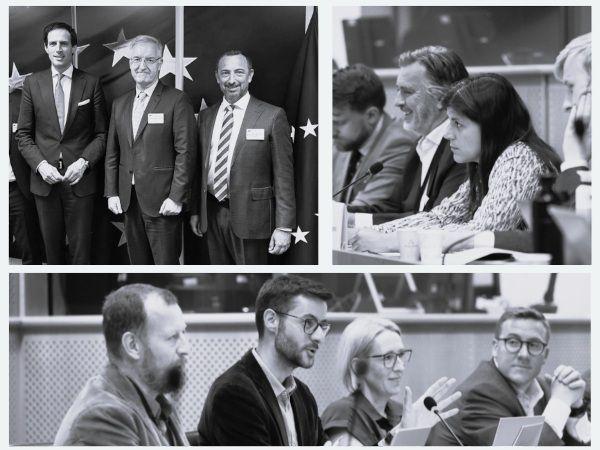AGC and the University of Tokyo, collaborating since 2015, have developed a revolutionary laser technique that processes glass a million times faster than traditional methods. This breakthrough is a significant advancement in glass technology, particularly for high-precision applications.
Efficient and Environmentally Friendly Laser Method
The research team, led by Lecturer Yusuke Ito and Project Research Associate Yanming Zhang, devised a method that simultaneously uses two lasers with different pulse widths, applied from oblique angles to the glass surface. This approach eliminates the need for conventional laser ablation, which is slow, or chemical etching, which produces harmful waste. The laser-only process is faster, more efficient, and reduces environmental impact by avoiding waste liquid disposal.
Glass Substrates for Next-Generation Semiconductors
The growing demand for faster and more power-efficient semiconductors, driven by advances like generative AI, has increased interest in glass substrates. Glass offers superior flatness and rigidity compared to traditional materials, making it ideal for mounting semiconductor chips. However, processing glass substrates with existing methods has been limited by speed and environmental concerns.
Looking Ahead
The joint patent application filed by AGC and the University of Tokyo highlights the importance of this technology. Published in Science Advances on June 11, 2025, the new laser processing method is expected to transform glass fabrication in both the electronics and building industries. It promises faster, cleaner, and more sustainable production processes that could accelerate innovation across multiple fields.
Source: AGC with additional information added by Glass Balkan







